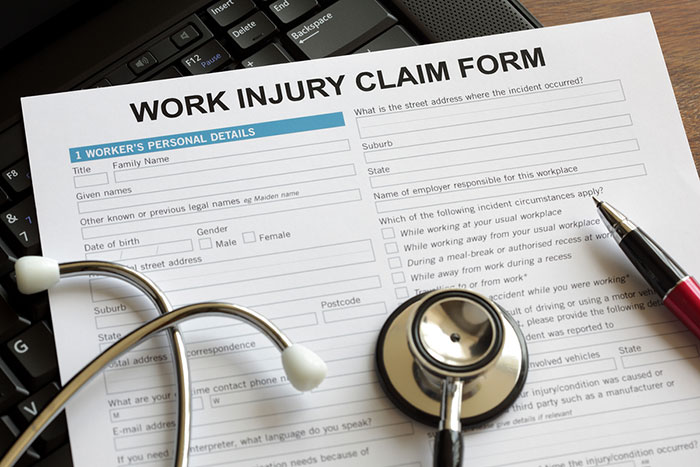|
When an injury occurs at work, the employer (or the human resources officer) completes an 'Employer's Report of an Accident' form (also known as the WCl 2).
The employee is then taken to a doctor, along with the WCl 2 and a copy of the injured employee’s ID.
The doctor decides on the appropriate treatment and rehabilitation for the injury, referring to other health professionals or services (for example, physiotherapist, occupational therapist, or specialist doctor) as appropriate.
The employee is required to attend rehabilitation with his or her physiotherapist or occupational therapist in order to regain his or her previous level of strength and function, sometimes while being back at work or returning to work shortly thereafter.
What the compensation covers
The compensation for the injury at work covers all relevant medical bills and rehabilitation as well as time off work until the employee is declared fit for duty.
If a permanent disability results (usually only considered in the case of amputations, loss of an eye or paralysis), the employee may claim a disability pension from the Department of Labour.
An injury classified as being less than or equal to 30% (such as partial finger amputations), will receive a lump sum payout, calculated on the average earnings at the time of injury.
An employee with an injury of more than 30% disability (such as a below-the-knee amputation or amputation of all four fingers including metacarpolphalangeal joints) will receive a monthly disability pension until retirement age, whether or not they can work again.
This payout does not equate to medical boarding: should they be able to work again, they are allowed to do so. He or she can also claim from a private insurance company, should they or the company have such a policy, but they may not claim from the state in the form of a disability grant or UIF illness benefit as this is double claiming.
However, the employee can claim UIF illness benefit until such time as he or she receives payment from the WCA. |

